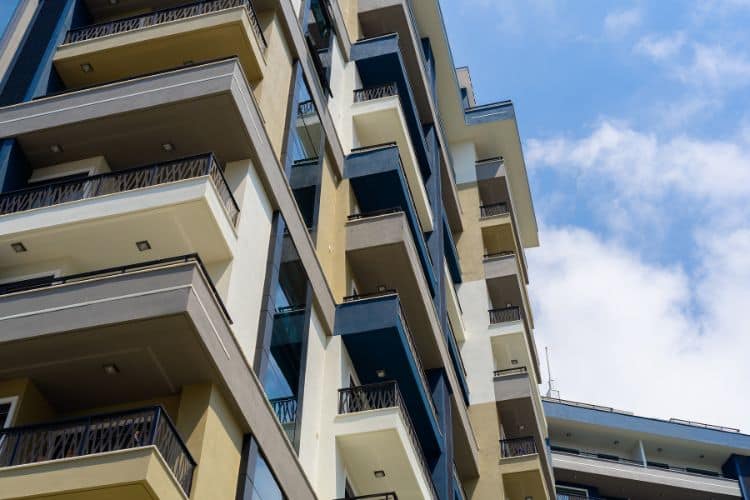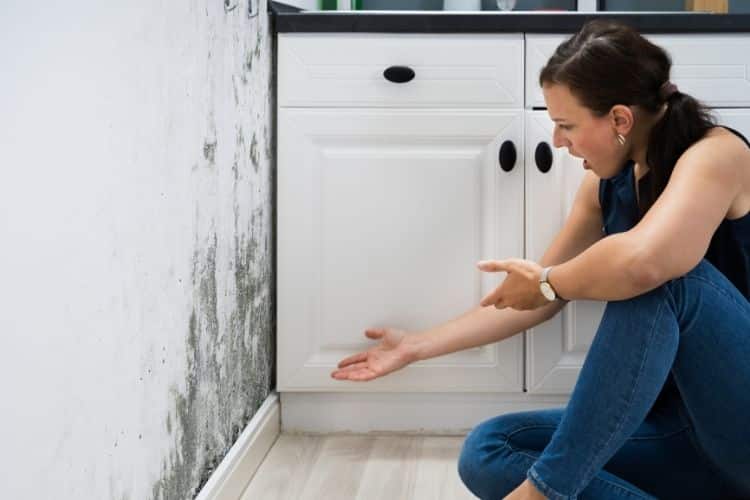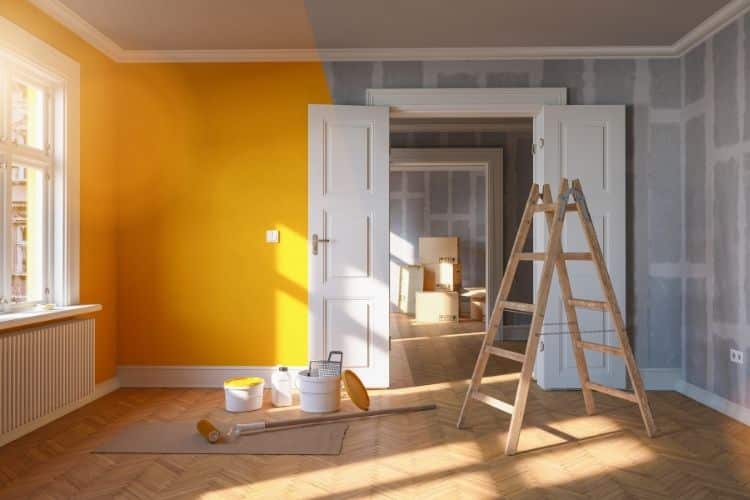Mold Myths Debunked: Separating Fact from Fiction
When it comes to mold, there’s a plethora of information available, but not all of it is accurate. Misconceptions about mold can lead to improper handling, ineffective treatment, and unnecessary panic. This article aims to debunk common mold myths, providing accurate information to better inform and guide homeowners and businesses in dealing with mold issues. […]
Mold Myths Debunked: Separating Fact from Fiction Read More »










